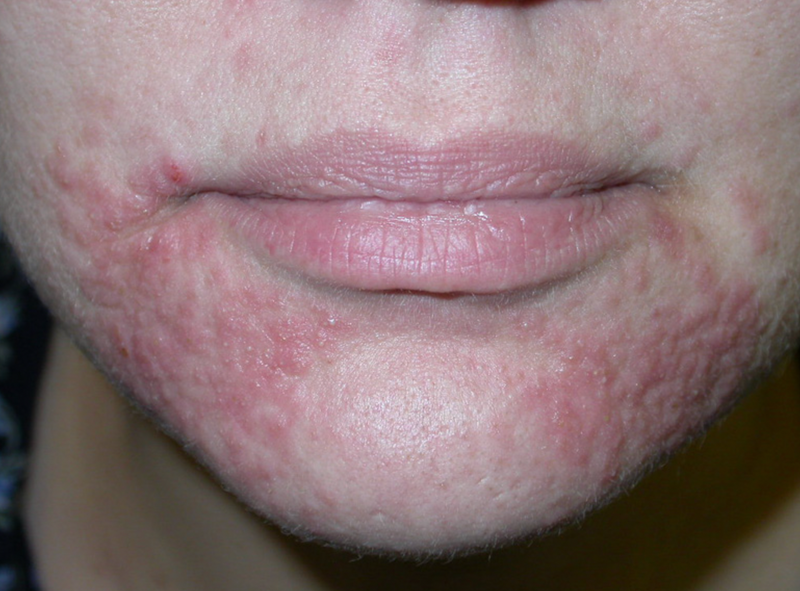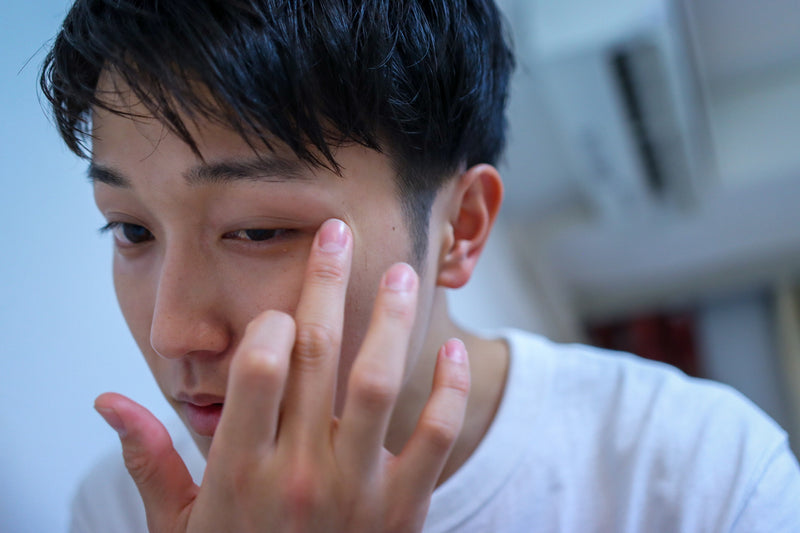Skin tags, medically known as acrochordons, are common fleshy growths that can appear anywhere on the body, often in areas prone to friction like the neck, armpits, and groin.

What causes skin tags?
- Genetic predisposition
- Friction (clothing, necklaces)
- Metabolic syndrome & Obesity (Increased insulin-like growth factor)
Can I prevent new skin tags from forming?
While genetic predisposition cannot be altered, lifestyle changes can help prevent skin tags. Avoiding tight clothing and reducing carbohydrate intake to lower insulin levels are recommended. However, once skin tags have formed, lifestyle changes may prevent future growths but won't eliminate existing ones.
Are home removal 'hacks' safe?
The internet is filled with DIY removal methods like tying dental floss around skin tags or using rubber bands. However, dermatologists caution against these methods due to potential complications and misdiagnosis. Several skin conditions mimic skin tags, including neurofibromas, cherry angiomas, and even skin cancer. Therefore, it's crucial to consult a dermatologist for accurate diagnosis and treatment. Some home remedies, such as apple cider vinegar or salicylic acid, can damage surrounding tissue and cause scarring.
How does a dermatologist treat skin tags?
In-office treatments include cryotherapy, which involves freezing the skin tag with liquid nitrogen, or surgical removal by snipping them off. Dermatologists typically recommend keeping the area moist with petrolatum during the healing process and using sunscreen to prevent hyperpigmentation.
How much does it cost to remove skin tags?
While skin tag removal is usually considered cosmetic and not covered by insurance, the cost varies depending on the number and size of skin tags. Some dermatologists will remove them for free but cosmetic fees range from $50 to $200, making it essential to discuss fees with your dermatologist beforehand.
With any skin growth, consulting a dermatologist for accurate diagnosis and appropriate treatment is essential to avoid complications and ensure optimal outcomes.







